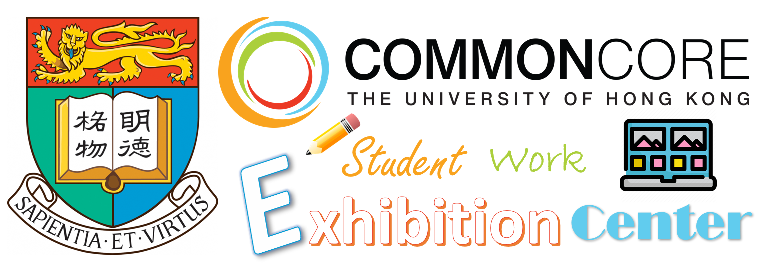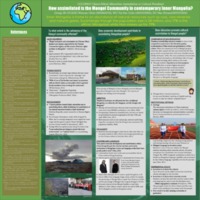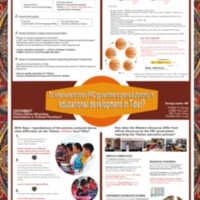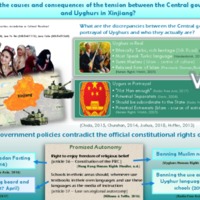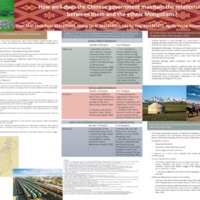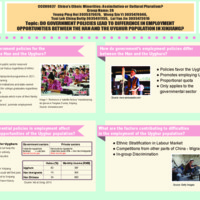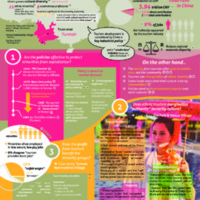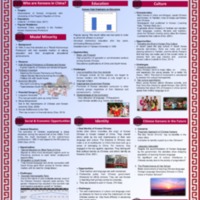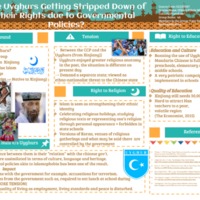CCCH9027-China's Ethnic Groups: Assimilation or Cultural Pluralism?
Title
CCCH9027-China's Ethnic Groups: Assimilation or Cultural Pluralism?
Subject
China: Culture, State and Society
Description
Few countries in the world have a total population that exceeds the 110 million ethnic minorities in China. What does this mean for China’s rise in the 21st century? As the income gap between Han Chinese and ethnic minorities widens, the centuries old debate over values, identities, and cultural heritage intensifies. China’s rise will be determined by how well it governs the ethnic lands that occupy half of the country and 90 percent of its border. In short, the future hinges on being able to integrate diverse cultural groups, a challenge for any multi-ethnic states. What will happen to China’s 55 culturally diverse minority groups? This course uses basic data and current information to examine the central theoretical question: What social processes occur when people of different ethnic groups come together in a rapidly rising China?
Items in the CCCH9027-China's Ethnic Groups: Assimilation or Cultural Pluralism? Collection
How assimilated is the Mongol Community in contemporary Inner Mongolia?
The poster contains three parts: To what extent is the autonomy of the Mongol community affected; Does economic development contribute to assimilating Mongolian people; and Does education promote cultural assimilation to Mongol people?
To what extent does PRC government grant autonomy in educational development in Tibet?
The poster contains four parts: Under the education policy for ethnic minorities, how do the Tibetans benefit from the preferential treatment; To what extent does the PRC government encourage Tibetan language education in real practice; With…
What are the causes and consequences of the tension between the Central government and Uyghurs in Xinjiang?
The poster contains four parts: What are the discrepancies between the Central government’s portrayal of Uyghurs and who they actually are; How do government policies contradict the official constitutional rights of Uyghurs; and How has political…
How well does the Chinese government maintain the relationship between them and the ethnic Mongolians?
The poster contains four parts: What is the history and basis of establishment of the Inner Mongolian Autonomous Region; What are the similarities and differences between The Republic of Mongolia and Inner Mongolia in terms of their provision of…
Do government policies lead to difference in employment opportunities between the Han and the Uyghur population in Xingjing?
The poster contains four parts: What are the government policies for the employment of the Han and the Uyghurs; How do government's employment policies differ between the han and the Uyghurs; How do the preferential policies in employment affect the…
Does ethnic tourism benefit ethnic minorities in Yunnan?
The poster contains three parts: Are the policies effective to protect minorities from exploitation; Does ethnic tourism marginalize ‘authentic’ minority culture; and Does the profit from tourism benefit the minority groups
Ethnic Koreans in China: Opportunities and Challenges
The poster contains seven parts: Who are Koreans in China: Model minority; Education; Culture; Social & Economic opportunities; Identity; Chinese Koreans in the future.
Are Uyghurs getting stripped down of their rights due to governmental policies?
The poster shows one of the China's ethnic groups, the Uyghurs in Xinjiang, containing four parts: Background, Tension, Right to religion, and Islam: Huis VS Uyghurs.
Collection Tree
- AoI-China: Culture, State and Society
- CCCH9027-China's Ethnic Groups: Assimilation or Cultural Pluralism?
